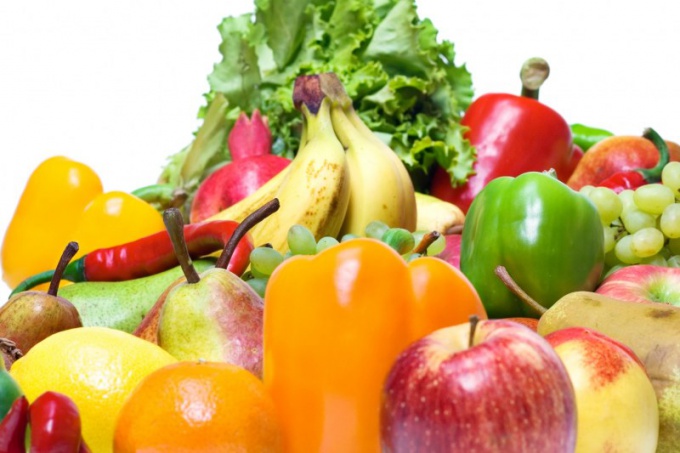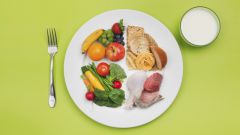General guidelines for preparation of diet for a teenager
A child aged 13 to 17 years old needs a balanced diet no less than a preschooler. In adolescence, the body undergoes significant hormonal changes that need strength and resources. If the child is not getting enough of the required nutrients and vitamins or, on the contrary, uses them in abundance for the body, it is fraught with development of various diseases of the musculoskeletal device, cardiovascular system, gastrointestinal tract.
In adolescence, the teenager is inclined to question the recommendation of friends, including in relation to nutrition. Parents need to find a suitable in this situation, methods to motivate the child, to monitor what he eats. The teenager must eat fruits and vegetables, dairy products, meat, legumes, eggs, nuts, grains.
The right for teenagers is the distribution of meals to four times. Tomorrow should be 25% of the required calories per day, lunch – 35-40%, afternoon snack – 15%, dinner – 20-25%.
What nutrients must be present in the diet of a teenager
Calcium. Calcium is a natural "building" material for bones and teeth of man, and also contributes to stress. Adolescence is the most active growth of the child. In order for the teenager to receive the necessary amount of calcium, regularly on the dining table should be present dairy products and the milk, hard cheese, cabbage, walnuts, beans, rice, and broccoli.
Protein. Proteins are the basis of muscle tissue, promote regeneration of muscles and internal organs. To a teenager was an energetic and physically strong, one must have in your menu lean meat, fish, poultry, seafood, eggs.
Fats. It is important to distinguish good fats from harmful, limiting consumption of the latter. Unsaturated fats vegetable oils, fish and various types of nuts not only provide the body with energy, but also help to maintain the health of skin and hair. Saturated fats are found in butter, fatty meat, whole milk, palm oil, can harm the cardiovascular system, clog the blood vessels. Heads the rating of unhealthy fats, TRANS fats, high concentration which contains all sorts of buns, cookies, cakes, potato chips, margarine and fried foods.
Iron. This trace mineral promotes proper development of muscle mass in boys. For girls iron is useful from the point of view of replenishment of blood loss during menstruation. Trace mineral can be obtained from fish and seafood, beef, peas, buckwheat, cabbage, potatoes and spinach.
The desire to please the opposite sex encourages both girls and boys decide to go on a strict diet. Restriction in food can harm a growing body. If the diet is required - consult your doctor.
Detailed diet balanced diet of a teenager
Recommended in the daily menu of the adolescent to include a number of products:
- milk – for boys, 600 g, for girls, 500g;
- cheese 60-50 g;
- sour cream – 20-15 g;
- cheese – 20-15 g;
- meat - 220-200 g;
- fish - 70-60 g;
- egg - 1 PC.;
- rye bread - 150-100 g;
- wheat bread - 250-200 g;
- cereals, pasta – 60-50 g;
- sugar - 80-65 g;
- pastry – 20-15 g;
- butter - 40-30 g;
- vegetable oil - 20-15 g;
- potatoes - 300-250 g;
- vegetables – 350-320 g;
- the fruit – up to 500 g.

